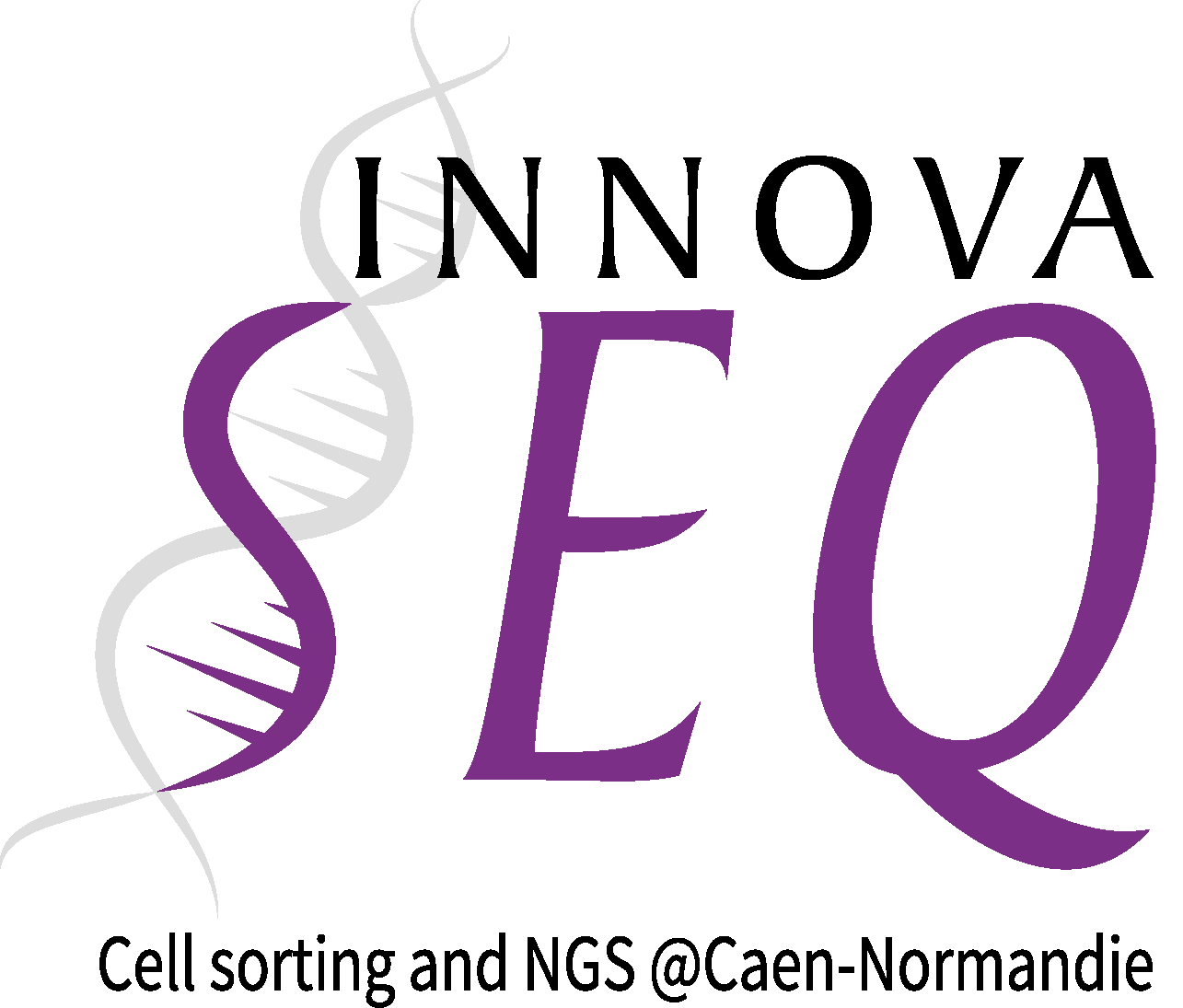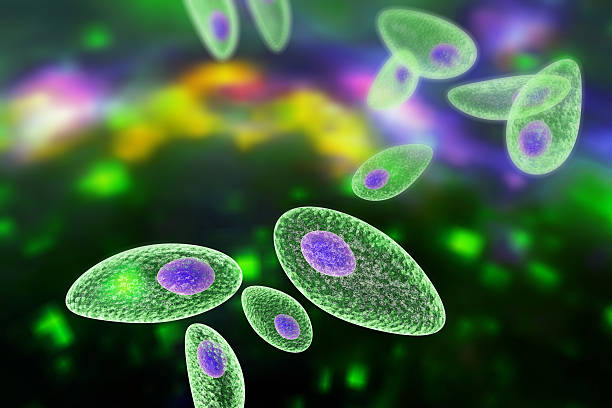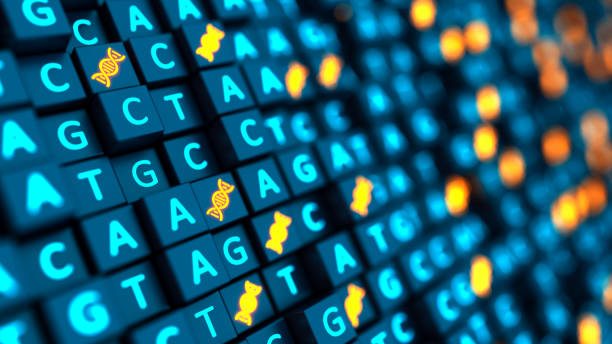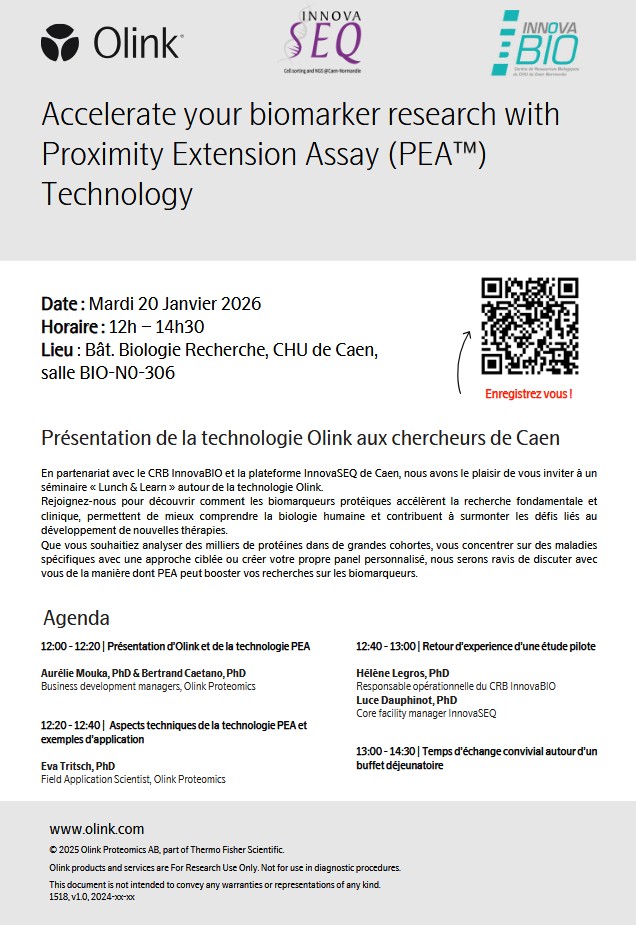We support you in all stages of your high-throughput functional genomics projects: feasibility study, assistance with funding applications, experimental design advice, sample handling, training, and use of equipment available by booking.
The core facility is equipped with a NextSeq 2000 high-throughput sequencer (Illumina).
As part of NGS projects, the core facilty carries out library preparation and sequencing: Transcriptome, miRNome, Genome (Low Pass), Exome, Epigenome, with quality control at every step.
We can also sequence your own libraries as long as they are compatible with Illumina technology.
The core facility does not perform nucleic acid extraction ==> Please refer to the recommendations below for the preparation and quality control of your samples according to the applications.
DNA and RNA extractions from human tissues can be performed by the CRB InnovaBIO ==>
For Single Nuclei RNAseq experiments, InnovaSEQ offers the isolation and purification of individual nuclei from frozen or paraffin-embedded tissues.
If you have a project requiring a different application, we are here to help. Do not hesitate to contact us.
RNAseq | Single Cell/Single nuclei RNAseq | Ready to Seq Libraries
RNAseq
The RNAs extraction as well as their quantitative and qualitative control are not provided by the platform. In order to obtain good quality RNAs, we recommend you to use extraction protocols based on columns with silica membrane or magnetic beads (Qiagen, Macherey Nagel, etc.) and no Trizol or phenol-chloroform.
The RNAs quality must be checked by high-resolution electrophoresis (Bioanalyzer, Tapestation, Labchip GX). The RIN (RNA Integrity Number) must be greater than or equal to 7.
However, there are specific protocols allowing for preparation of libraries from degraded RNAs from FFPE tissues.
Library preparation protocols depend on the amount of total RNA available as well as the type of RNA you want to study ==> Contact us
Sequencing options on NextSeq 2000 (XLEAP-SBS new chemistry) 
Flow cells can be used for single read (SE) or paired-end (PE) sequencing.
For example, P2 100bp flow cell can be used for SR 100bp or PE 2x50bp sequencing.
Cell sorting equipments (GentleMacs, Tyto, MacsQuant16) are available on the core facility and can be used for your samples preparation → Book or Contact us
Single Cell/Single nuclei RNAseq
The core facility is equipped with a Chromium iX compatible with all Single Cell applications offered by 10X Genomics: Gene Expression Flex, Gene Expression, Immune Profiling, Multiome, ATAC. For more information, visit the 10X Genomics website.
We handle library preparation, sequencing, and primary data analysis with CellRanger.
The preparation and fixation of cell suspensions are the responsibility of the project leader.
The preparation and fixation of nucleus suspensions can be performed by the platform.
The quality of the cell/nucleus suspension is crucial for the success of the ScRNAseq/SnRNAseq project.
The presence of debris and dead cells affects the encapsulation rate; the cell viability rate must be above 70% ==> Refer to the recommendations for preparing cells (Sample-Prep-Cells) or nuclei (Sample-Prep-Nuclei)
The number of input cells depends on the number of cells you wish to analyze, with an average encapsulation rate of 40-60%.
Cell sorting equipments (GentleMacs, Tyto, MacsQuant16) are available on the core facility and can be used for your samples preparation ==> Book or Contact us
Contact us to plan your experiments
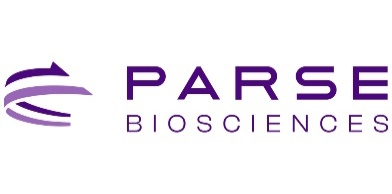
The core facility also offers to conduct your Single Cell/Nuclei Whole Transcriptome, Immune Profiling, and CRISPR screening experiments using Parse Biosciences Evercode technology, based on split-pool combinatorial barcoding.
We handle library preparation, sequencing, and primary data analysis using the ParseBiosciences-Pipeline.
The preparation and fixation of cell suspensions are the responsibility of the project leader.
The preparation and fixation of nucleus suspensions can be performed by the platform.
The quality of the cell/nucleus suspension is crucial for the success of the ScRNAseq/SnRNAseq project.
The presence of debris and dead cells affects barcoding; the cell viability rate must be above 70%. Refer to the recommendations for preparing cells or nuclei (Evercode Fixation)
Cell sorting equipments (GentleMacs, Tyto, MacsQuant16) are available on the core facility and can be used for your samples preparation ==> Book or Contact us
Contact us to plan your experiments
Ready to Seq Libraries
Contact us to plan shipping and sequencing run of your samples.
Quality controls will be carried out upon arrival of your samples and librairies purification performed if necessary.
Informations needed for sequencing:
- Kit used for library preparation
- Library concentration and size
- Samples names and indexes used
- Sequencing parameters required (SR, PE, length of reads, depth of sequencing, % PhiX…)
Sequencing options on NextSeq 2000 (XLEAP-SBS new chemistry)
Flow cells can be used for single read (SE) or paired-end (PE) sequencing.
For example, P2 100bp flow cell can be used for SR 100bp or PE 2x50bp sequencing.
